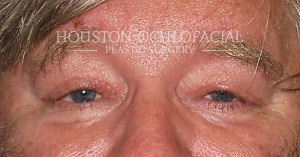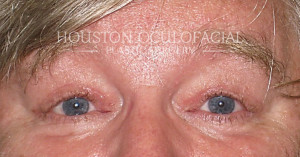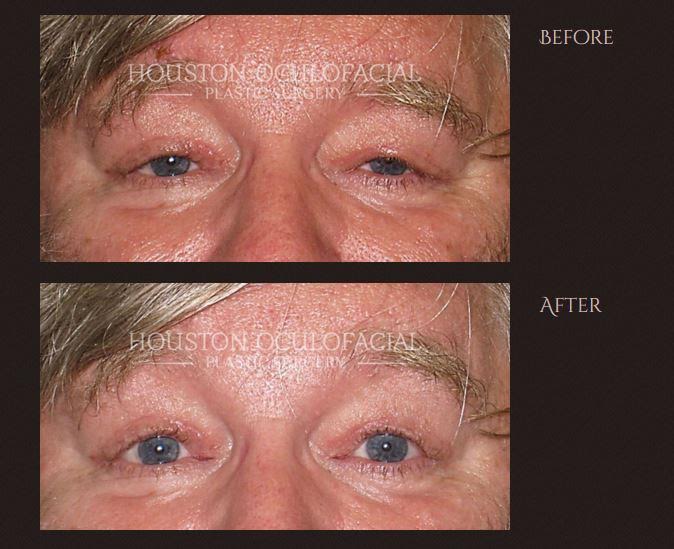What is it?
Ptosis, also known as blepharoptosis, is the medical term for a drooping upper eyelid. It is also known as floppy eyelid or droopy eyelid, but ptosis is the correct medical term for a drooping upper eyelid. The eyelids are moved up and down by the levator muscle, connected to a tarsal plate in the back part of the eye by a flat tendon. Ptosis is a result of when that process stops working properly.
Symptoms of Ptosis
People who have this condition may have trouble seeing depending on the severity of the drooping. They may try to raise their eyebrows repeatedly to lift the eyelids or tilt their head back to see under the eyelid. This condition can be embarrassing and irritating to say the least, and in young children, if not treated, it may cause amblyopia (lazy eye). Ptosis, unfortunately, is good at masking problems such as misaligned or crossed eyes, which in turn will cause an astigmatism to develop in the untreated eye.
How do people get this condition?
There are two types of ptosis: acquired and congenital. Acquired is far more likely scenario because it is commonly a result of aging. Congenital Ptosis is apparent at birth. They may both be hereditary, but heredity is not required for the condition to be present. Acquired ptosis may be an after effect of an injury, general aging, cataracts surgery, or any other corrective eye surgery.
Don’t forget!
A key point to note, ptosis is not necessarily a standalone problem. It may also be a symptom of a larger problem such as an eye tumor, neurological disorder, systemic diseases like diabetes. You would want to check with your doctor to make sure you are not just covering up a problem. If you get the okay from your doctor that there are not any other problems, surgery is the best way to correct the problem. What the surgeon will do to correct the problem is to tighten the weakened muscles, or in severe cases attach the eyelid under the eyebrow to substitute for levator muscles. This repositioning or tightening of the eyelid will then result in removing the obstruction that was blocking the vision of the patient.

Before

After


